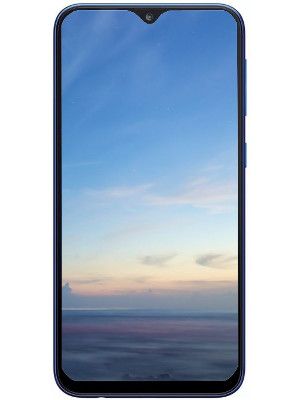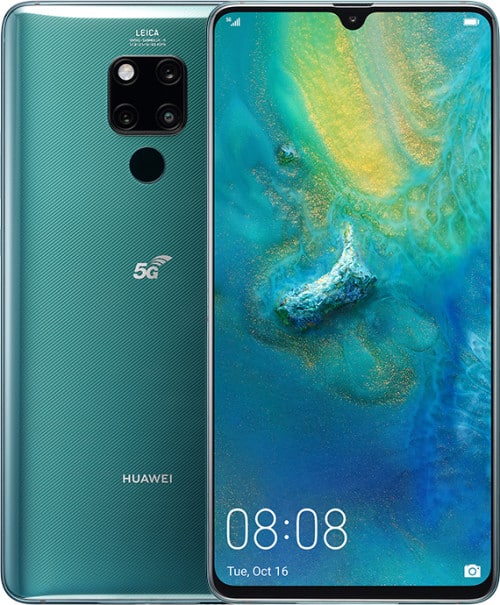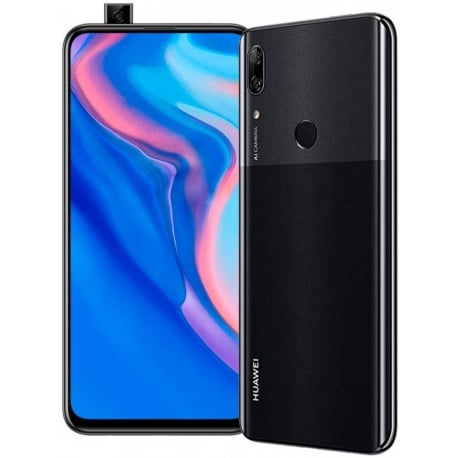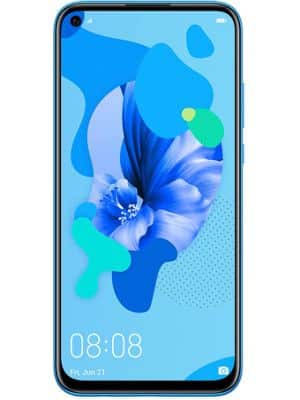Thanks to the various updates that Meta has made to WhatsApp over the past few years, the PC version of this popular messaging app has made it unnecessary to use the phone to send and receive messages and send files.
This has led to a significant increase in the use of WhatsApp Web and WhatsApp Desktop because the WhatsApp for PC version is similar to the same functionality that is “available” on Android and iOS.
If you use WhatsApp on your PC most of the time, you must have asked yourself at some point, where is the WhatsApp file folder on PC? Fortunately, this question has an answer, and WhatsApp stores different files on the computers where it is installed.
How to find WhatsApp file folder on PC?
Whether you want to free up space by deleting files or find documents sent by WhatsApp and lost documents from your mobile device, Windows 10 and Windows 11 can find the WhatsApp file folder. Follow all these steps you have to do to get it.
Enter “this group”. If you can’t find this shortcut, you can find it using the Windows 10 or 11 taskbar search engine.
Access the partition where you installed Windows (usually local disk C).
Find the “Users” folder and enter it.
You must enter the user folder you use to log in to your computer.
So, you need to click on “View”. This will show a menu with several options, click on “Show” and then select the “Hidden Components” option.
A clear folder called “AppData” will appear, enter that folder.
Enter the “Local” folder.
Enter the “Packages” folder.
Find the “WhatsApp Desktop” folder. Once found, enter it.
Enter the “LocalState” folder.
Within seconds, you will see all the files that WhatsApp stores on your PC. It is worth mentioning that the files you sent and will be sent to you are stored in the “Shared” folder, your profile photo and other contacts can be found in “Profile Pictures”.
It is important not to delete files randomly because if you install WhatsApp on your PC and delete a particular file, the application may stop working. We recommend that you only delete files related to photos, videos or documents that you have sent or received.















